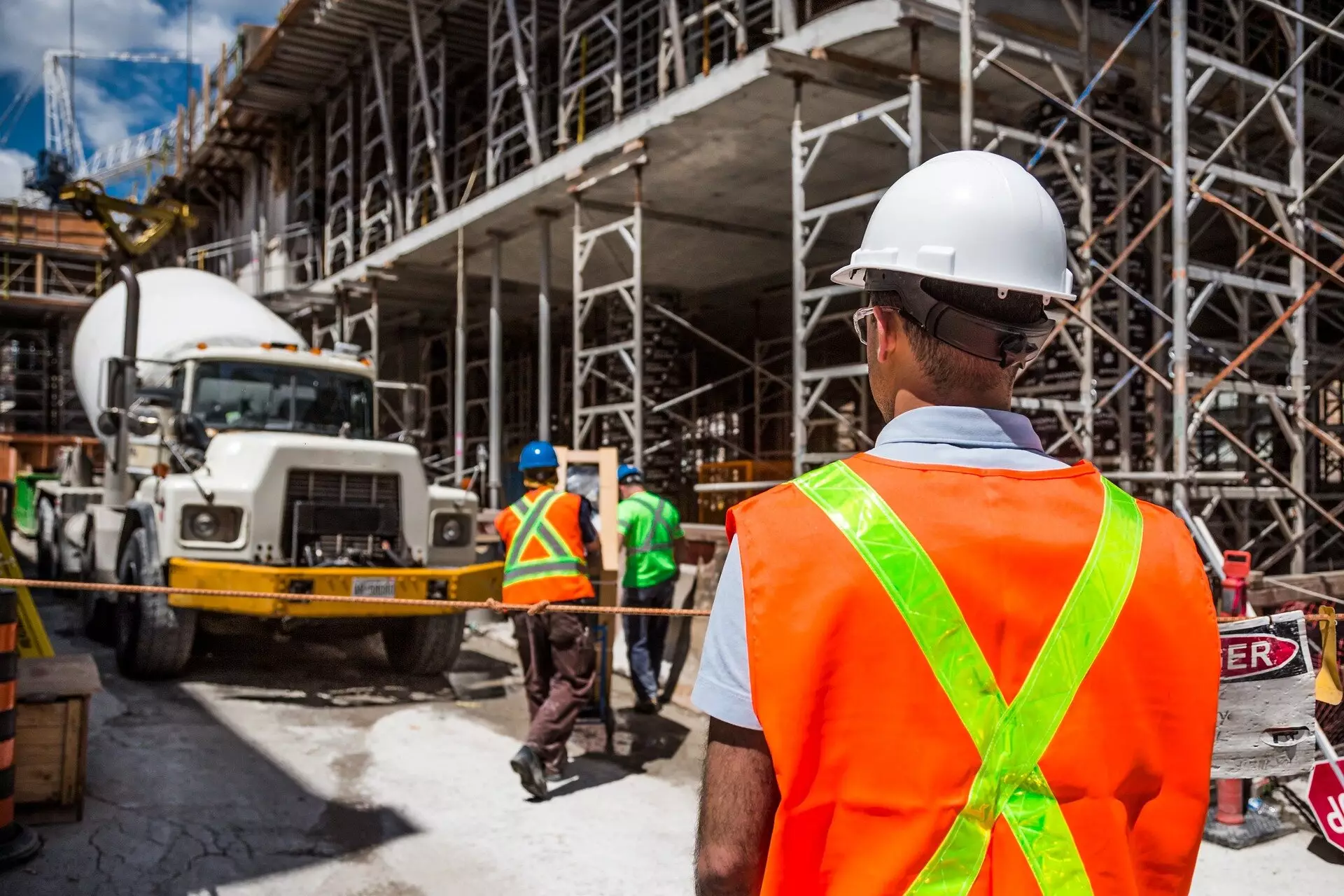The construction industry is often criticized for its substantial environmental impact, particularly in terms of carbon emissions. A groundbreaking report from the University of Dundee, in collaboration with the Mineral Products Association (MPA), sheds light on a promising alternative to traditional concrete production. By utilizing waste clay and brick materials, this innovative approach could revolutionize the U.K. construction landscape, reduce its carbon footprint, and help achieve government targets for sustainability.
Revolutionizing Concrete with Reclaimed Materials
The research undertaken by the University of Dundee’s Concrete Technology Unit reveals that U.K. reclaimed clays and finely ground brick powder can effectively serve as calcined clays in cement and concrete manufacturing. The report highlights a remarkable finding: the use of these materials could lead to a reduction of up to 30% in the embodied carbon of concrete compared to conventional CEM I cement. This shift not only has the potential to lower emissions but also promises to divert approximately 1.4 million tons of waste from the landfill, a significant contribution to both sustainability and resource efficiency.
The Role of Calcined Clays in Construction
Calcined clay is increasingly being recognized as a viable alternative to traditional cement components like Portland cement. This shift is particularly critical as many industrial by-products, such as ground granulated blast-furnace slag (GGBS) and fly ash, are witnessing declining production rates due to reforms in the power and steel sectors aimed at decarbonization. The findings from this research confirm that calcined clays derived from waste materials present a sustainable solution, promoting the idea of circular economy practices in building materials.
One of the central concerns in using alternative materials for concrete production is their long-term durability. The team at the University of Dundee undertook rigorous studies focusing on the performance of calcined clay concretes. Their research included evaluating these materials for critical applications such as coastal structures and offshore renewable infrastructure, which require reliable longevity. The findings indicate that calcined clays provide not just environmental benefits but also ensure structural integrity and durability, thus making them suitable for various construction needs.
The research also explored two heating methods for preparing clays for cement use: traditional rotary kilns and the more modern “flash heating” technique. Both methods demonstrated the ability to produce high-quality calcined clays without significant differences in quality. This versatility in preparation techniques enhances the feasibility of integrating these materials into existing production methodologies across the construction industry.
Support and Investment in Sustainable Practices
The initiative has garnered support from key industry players, including Heidelberg Materials UK, Tarmac, Imerys Materials, and Forterra, among others. Their involvement underlines the importance of a stable supply chain for calcined clay, which is essential for widespread adoption. Dr. Diana Casey from MPA emphasized that the implementation of this research could not only preserve economic value within the U.K. but also create job opportunities and attract further investment in sustainable technologies.
The development of low carbon cements and concretes is one of several critical strategies outlined in the MPA U.K. Concrete’s Roadmap to Beyond Net Zero. This roadmap illustrates the construction industry’s commitment to cut carbon emissions and promote sustainability. The industry’s efforts have already led to a 53% reduction in carbon output since 1990, and the integration of waste-derived materials could bolster these initiatives significantly.
The research conducted by the University of Dundee and the MPA points to a pivotal moment for the U.K. construction industry. By adopting waste clay and brick in concrete production, the industry can take significant strides toward reduced carbon emissions, enhanced sustainability, and economic viability. As the construction sector continuously seeks smarter and greener solutions, this innovative approach exemplifies how repurposing waste materials can lead to a win-win scenario for environmental and economic priorities. Ultimately, embracing these sustainable practices could shape a more resilient and eco-friendly future for building and construction in the U.K.


Leave a Reply